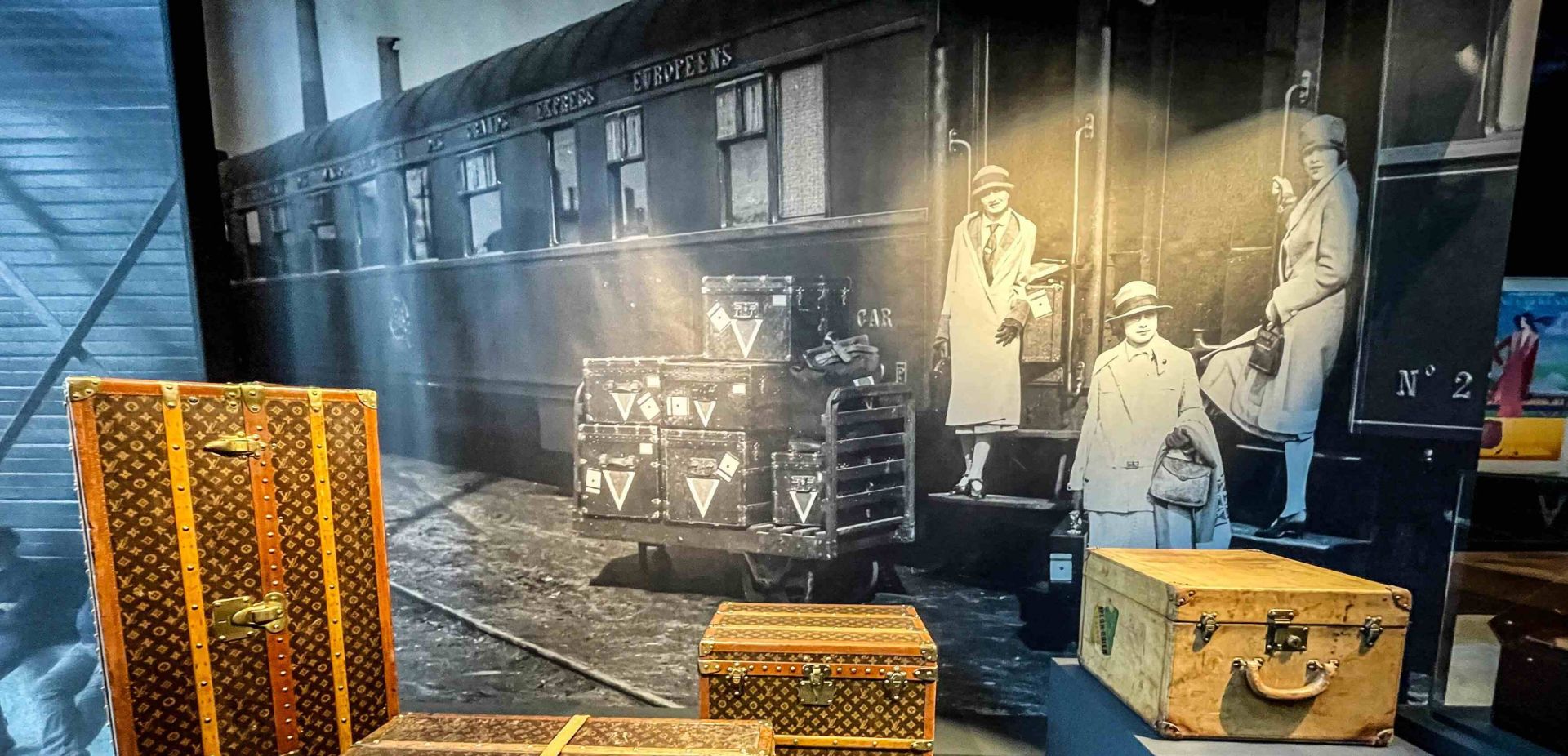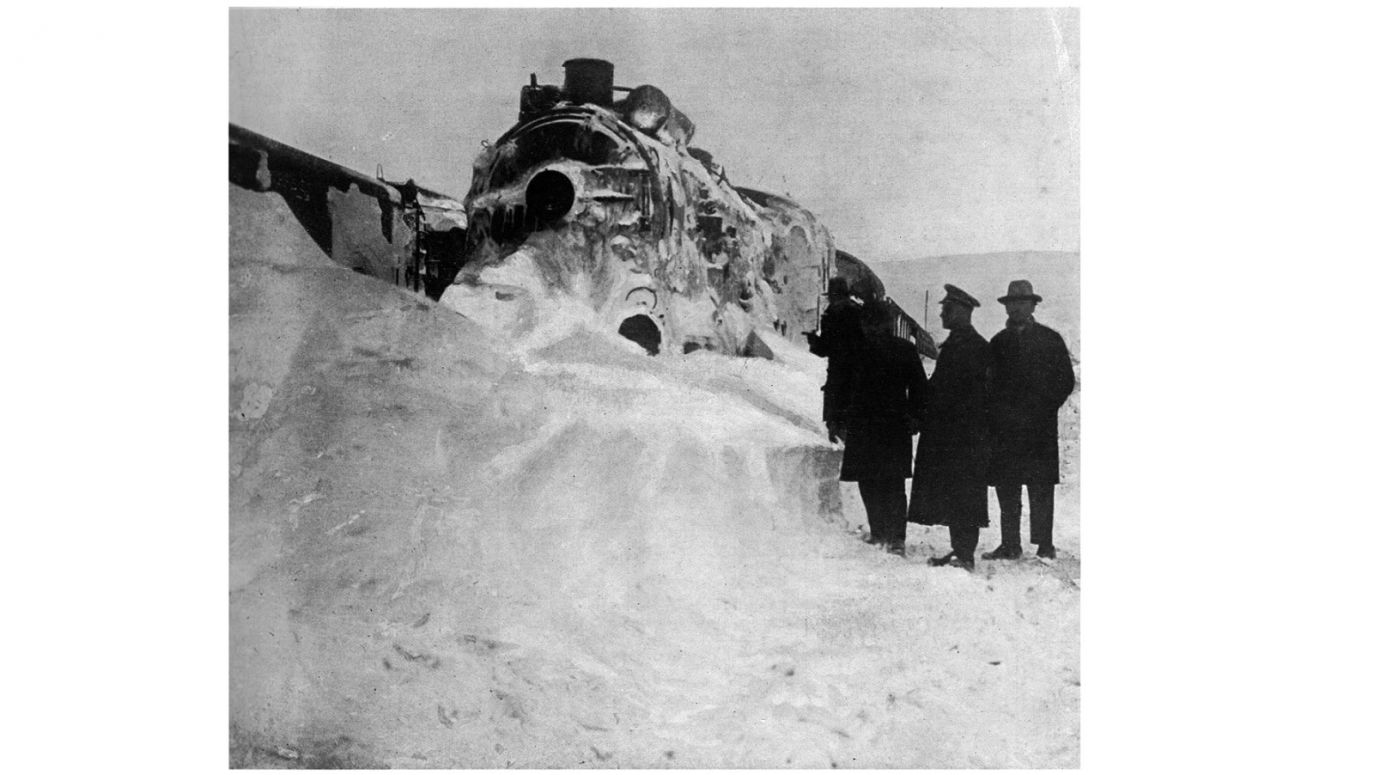Attempts were made to establish the owner, but without success. The portal rynek-kolejowy.pl has returned to the "complicated case" many times. In 2012, the owner of the rolling stock turned out to be an Austrian national, but he could not be contacted. It was only in 2017 that the French chain Accor Hotels bought a stake in the Orient Express brand from the SNCF railway and decided to take the carriages from Małaszewicze to France. This was handled by the haulage company MTD from Niemodlin. Marek Gutowski confirms the railwayman's words that the interiors of the wagons were in good condition. He shows a photo of leather seats in one of the wagons, where nothing is missing. "The inside was clean. There were some overnight homeless people who left their flasks, nothing else. Only the piano was out of tune. Worse trains used to go to university," jokes Gutowski.
The wagons were sent by truck, 4-5 at a time, to Opole, where they were covered with a tarpaulin so that the outer shell would not fall off during transport. And on to France, which was completed in December 2018. The wagons arrived safely, MTD was already hauling TGV and pendolino. From Vienna, it transported an even older and badly damaged Orient Express carriage. Why on trucks, not on the tracks? "It's too complicated. The cost of obtaining certification for the brake system of an old train travelling through Poland, Germany to France is greater than transporting it on trucks, says Gutowski. "We cut up wagons with a saw when we had information that a component would not be used later.
For Accor Hotels, hotels are the target: the Orient Express La Minerva will be built in Rome, the Orient Express Palazzo Donà Giovannelli in Venice. However, the company wants to return to its roots. The luxurious Orient Express La Dolce Vita, which - reminiscent of the Italian style of the 1960s - runs from Roma Termini station to Venice, Siena, Portofino or Sicily, has started on the Italian rails. The Orient Express itself is due to return to the rails in two years' time, which Accor had already announced in the business press and set for a 2021 debut, but pandemic has arrived. According to the plans, the legend will go from Rome to Paris, Split and Istanbul, i.e. a restoration of the legendary route is not planned for the time being.
The restoration of the carriages from Małaszewicze is still underway, but new bespoke ones have also been ordered beforehand. They have been packaged with 1920s design: rosewood, marble, wood marquetry, glass panels, fine leathers and fabrics have been used to evoke the spirit of the past. There are 30 regular suites for guests and one presidential which will occupy the entire carriage. "It's exciting to bring the spirit of the Orient Express back to life. The original train route was an innovation in combining Western and Oriental cultures and history with modernity. Travelling is our passion and lifestyle, so we want to bring the historic world to life and bring back the excitement of the journey," says the advert. Pricing unavailable.
In 2026, the 220-metre Orient Express Silenseas, hailed as the world's most luxurious yacht, will set sail for the Mediterranean - or the Caribbean, depending on the time of year. Its interiors will accommodate 120 passengers in 54 cabins, although a better word is suites of 70 m2 (the presidential one is 121.5 m2). Amenities: two swimming pools and a spa, two restaurants, an oyster bar and cocktail bar, an amphitheatre and a recording studio, should anyone catch the urge, not just seasickness. The French architect has also come up with three huge masts, whose innovative sails will be the main element of the vessel's ecological propulsion (natural gas may also be used, eventually hydrogen). Rumours of the death of the Orient Express have been greatly exaggerated. Hercule Poirot can still take his time in finding out who is to blame.
– Jakub Kowalski
TVP WEEKLY. Editorial team and jornalists
– Translated by Tomasz Krzyżanowski

 SIGN UP TO OUR PAGE
SIGN UP TO OUR PAGE
 The inaugural run of the Orient Express was set 140 years ago for 4 October 1883 from the Paris Gare de l'Est via Strasbourg, Munich, Vienna, Budapest, Bucharest to Constantinople. Before the 40 overjoyed passengers set off, Nagelmackers played a prank on them and steered them into a run-down and dirty depot. Shock! After a while, the bewildered company made their way to platform five, where a red carpet laid out in front of the gleaming Orient Express awaited. At 7.30 p.m., the conductor in a uniform with gold buttons and stripes gave the signal. Suddenly - a whistle! Suddenly - a swish! Steam - bang! Wheels in motion!
The inaugural run of the Orient Express was set 140 years ago for 4 October 1883 from the Paris Gare de l'Est via Strasbourg, Munich, Vienna, Budapest, Bucharest to Constantinople. Before the 40 overjoyed passengers set off, Nagelmackers played a prank on them and steered them into a run-down and dirty depot. Shock! After a while, the bewildered company made their way to platform five, where a red carpet laid out in front of the gleaming Orient Express awaited. At 7.30 p.m., the conductor in a uniform with gold buttons and stripes gave the signal. Suddenly - a whistle! Suddenly - a swish! Steam - bang! Wheels in motion!





